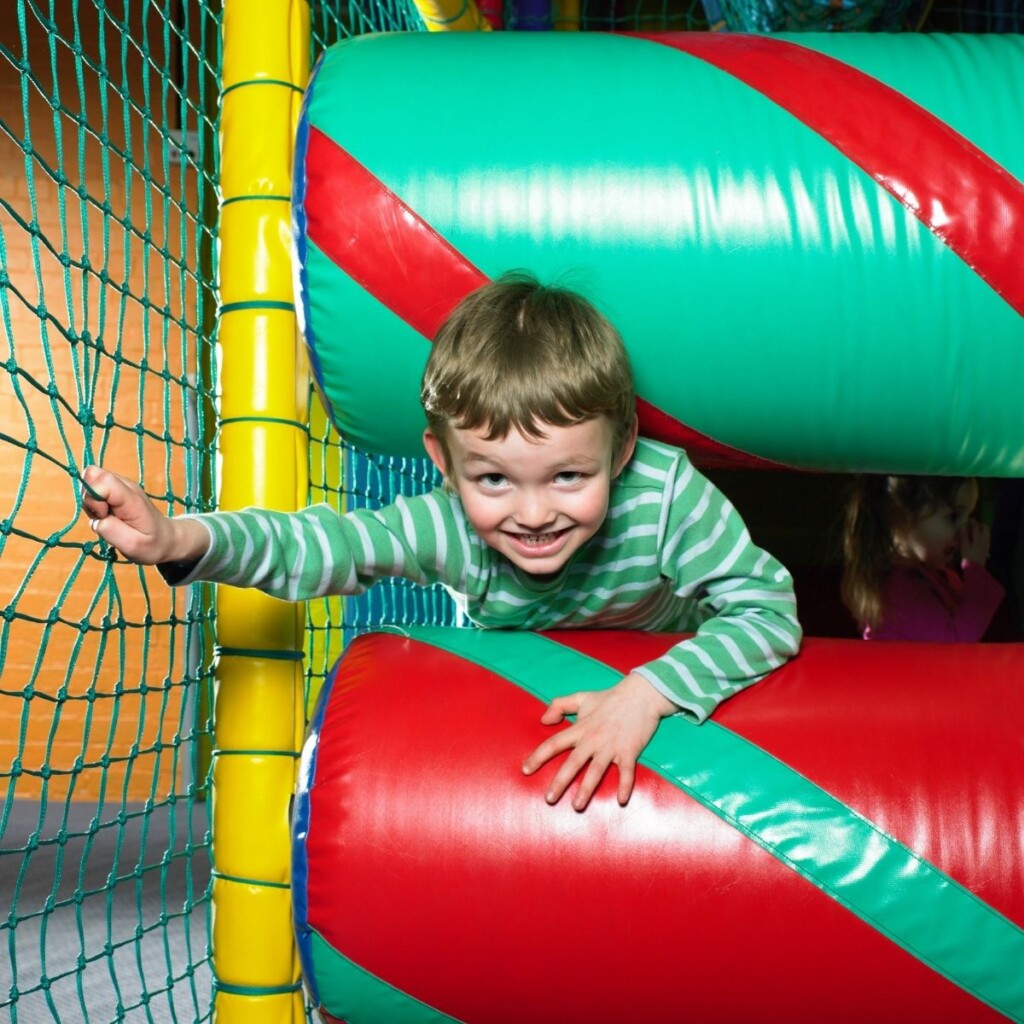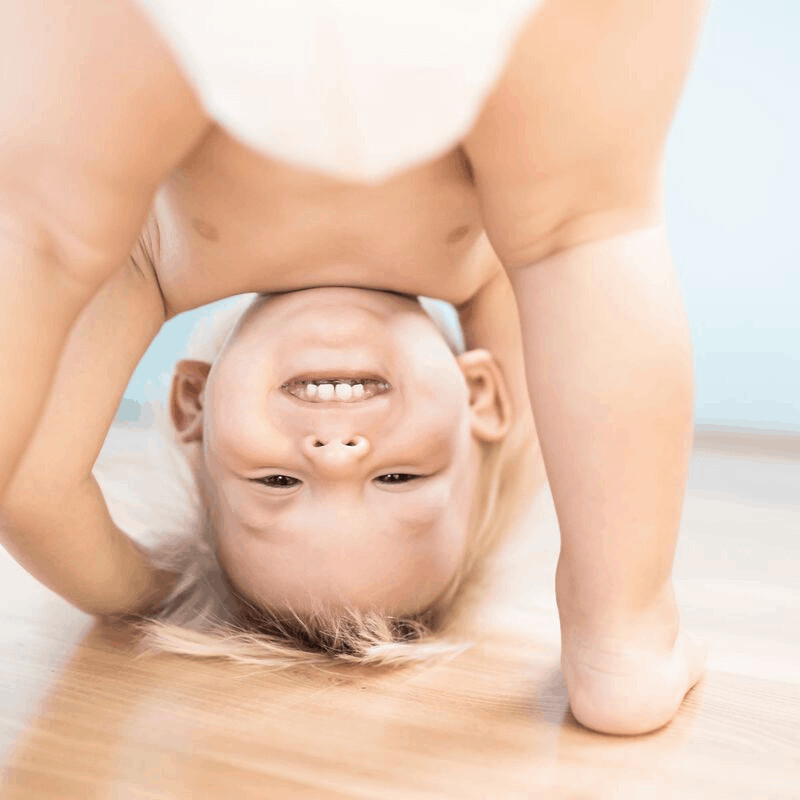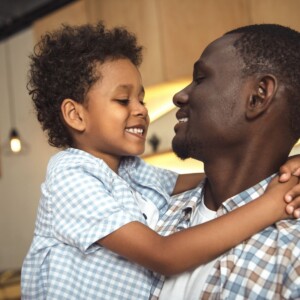What is action play?
Action play, active play, body play or movement refers to any play that involves moving. It is pretty simple to grasp really. Action play may be combined with lots of other types of play, like together play, social play, imaginative play and object play. It can involve rules or it can simply be moving for the sake and pleasure of moving.
Action play is often strongly linked to stimulation of the vestibular sense, and can include things like rolling, spinning, swinging, and turning upside down.
Action play and learning
Mental health
Everyone has heard of the psychological benefits of exercise right? But exercise isn’t play, is it? If you hate it then it isn’t play, but if you enjoy it then yes, it is. There are lots of ways to move your body and have fun, just watch a toddler! It is true though, getting active releases endorphins and boosts seratonin levels and can lead to better sleep AND when it is play it also feels good! But that’s not all…
Brain development
Whenever we play in ways that increase the heart-rate; which is most forms of play, because of the excitement, the anticipation and the responsiveness involved; we produced BDNF (brain derived neutrophic factor). Catchy! We tend to call it MiracleGro for the brain. This chemical speeds up mental processes, and helps strengthen and create new links in the brain. It both supports brain development in the long-term and creates a short term boost in brain function. It is why school children learn better after break and with regular play time, why we solve tricky problems we have worked on all day on our run or dog walk, and why we really cannot underestimate the importance of play when it comes to learning and brain development!

Action play and learning
Play is the means through which children learn, so what are they learning through action play?
- That the body is under your control! Have you seen how babies look at their fingers with wonder as they realise that they are wriggling them?
- Gross motor skills: rolling, crawling, standing, walking running, jumping...everything!
- Stability, balance and strength development
- Fine motor skills, like picking things up and twisting them
- The relationship between environment and movement: for example, how different it is moving in water to through air, how to step and move differently on sand, snow, stony ground, mud etc
- The joy of moving, and what movements feel good
Action play suggestions
- Nappy free time to explore the body and move unconstrained
- Swimming and water play
- Time to crawl around unconstrained
- The floor is lava! Need we say more?
- Let them run! We can spend a lot of time asking toddlers and children to sit still and slow down. Make time and space for them to run around, especially outside
- Visit parks and play areas, go on exploratory walks. Take a sling if they struggle to walk far.
- Go to soft play
- Play with them: chase, play rolling ball games, or football, get down and crawl with them; if you’re moving, it counts!
- Do you have space for a folding tunnel, a Wobbel board, a swing or slide, a balance bike or scooter.
- Support toddlers and children to safely balance along walls. Play games where you avoid stepping on pavement cracks.

Action play at different stages
Action play in babies
From the first time babies gaze in wonder at their wriggling fingers and realise they are in control body play becomes important for babies.
Then there’s the serious matter of trying to get their toes in their mouth. Oh and rocking back and forth, rolling, clapping, pulling themselves to standing, bouncing in a sitting position, and a standing position, and learning to walk.
Babies are always moving, even before they are ‘on the move’. They seriously and playfully explore movement and practice and hone skills. It is pretty incredible really!
Action play in toddlers
Do toddlers ever stop moving? Action play in toddlers can ben anything from throwing everything, to rolling, jumping, spinning twirling, dancing, walking, scooting, wandering back and forth around the garden or house moving objects from one place to another with a serious purpose (even though you probably have no idea what it is!)
Soft play and the park are obvious examples of times toddlers and children engage in action play, but really it makes up a huge amount of their life.
Action play in adults
What about adults? Well, it depends. For it to be play there usually needs to be an element of enjoyment or fun, exploration, expression, learning or development, but that doesn’t need to be formal. It can be team sports like football with friends, or one on one sports like tennis.
It can also be running, the exploration or learning, can be trying new training elements, adding in extra exercises, challenging yourself, or it can be using running or walking to explore the world around you, to notice the world, to see what’s down that road.
Not keen? What about dance? Whether you go dancing with friends, go to a dancing class, enjoy a ceilidh, challenge yourself to learn a new style, or just enjoy expressing yourself and moving to music. Teach your toddler the Macarena! Just have fun!
So action play matters for adults too, whether it is hiking, challenging yourself to lift heavier weights or try a new piece of gym equipment, or just enjoying the walk to school, nursery, or the shops because it feels good to move your body to the rhythm in your head!






Responses